Apparel Design Studios: Knitted Garments' O&C Study
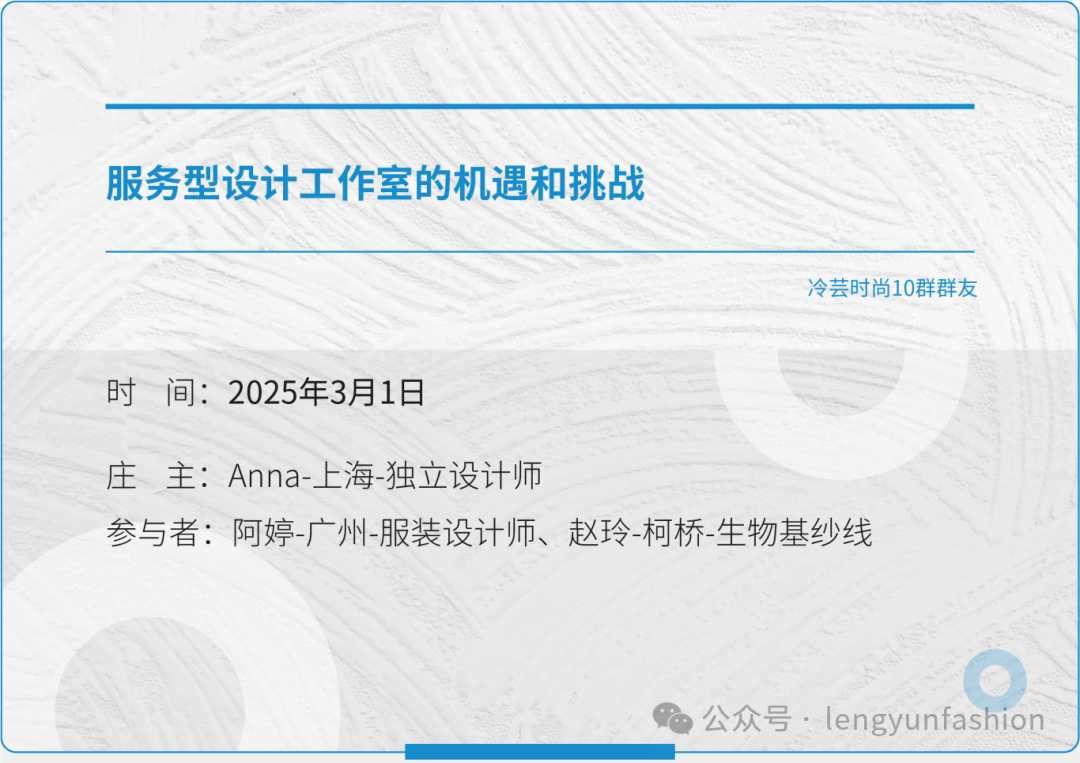
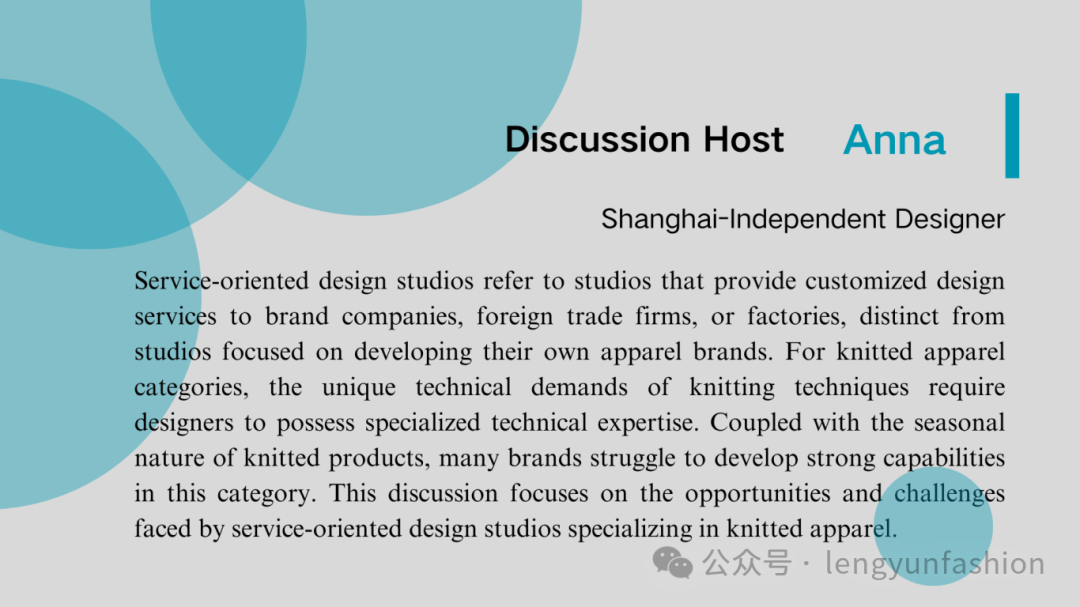
▼The following discussion and summary from the Coldy Fashion Circle address industry-related issues. These insights are the product of collective wisdom and do not represent individual opinions. The aim is to benefit industry professionals.

Market Opportunities for Service-Oriented Knitted Design Studios
1. Most apparel brands lack specialized expertise in knitted techniques (e.g., yarn selection, knitting methods, pattern adaptation) and rely on external teams to resolve technical challenges.
The fundamental difference between knitting and weaving lies in the textile process: Knitted fabrics are formed through interconnected loops (like knitting a sweater), where localized damage can affect larger areas. Woven fabrics, on the other hand, are created by interlacing warp and weft threads in a crisscross pattern, resulting in sturdier structures. These technical characteristics lead to distinct garment outcomes—woven fabrics are more structured, while knitted fabrics are softer, making them suitable for outerwear and close-fitting garments, respectively.
The workflow for knit design differs significantly from woven design. Woven designers typically work with existing fabrics, focusing on garment design. In contrast, knit designers start from yarn selection, requiring deep knowledge of parameters like fiber composition, spinning techniques, shrinkage, yarn thickness, and post-processing requirements. For example, ZARA popularized a "flax-like tactile yarn" in fast fashion, made from polyester blends.
Knitting machines are categorized by needle gauge, with E18 to E1.5 being mainstream specifications. Higher gauge numbers indicate finer needles, requiring finer yarn counts. Functionally, machines include seamless knitting machines, standard garment-piece machines, and rare 4-bed machines for double-layered seamless knitting. Seamless knitting also offers multiple gauges, such as 18-gauge, 12-gauge, 9-gauge, and 7-gauge.
Terminology overlaps exist between knitting and wool weaving. In Guangdong, “xià shù” (down-count) refers to calculating needle counts and rows based on garment dimensions and sample density, similar to “pattern data” (e.g., shoulder width, chest measurements) in woven design. In Jiangsu-Zhejiang regions, this is called “suàn gōngyì” (process calculation).
2.Transition of export factories from OEM to ODM models demands differentiated knit designs.
Leading yarn brands specialize in distinct areas: New O excels in wool, Consinee dominates cashmere, Xialida focuses on organic cotton, Lukang specializes in acrylic faux cashmere, and Shiguang leads in metallic and specialty yarns. Recent market shifts saw Consinee lose UNIQLO’s large cashmere orders due to high prices (premium cashmere can cost up to hundreds of thousands per ton).
New O, a Chinese subsidiary of Germany’s Biella Group, has grown rapidly over the past 5–10 years. Its wool yarns are slightly cheaper than Yangzi’s, and its cashmere prices undercut Consinee, varying by composition and yarn count. After acquiring a cashmere division, New O now directly competes with Consinee. Foreign brands often specify Yangzi yarns, while domestic brands prefer New O.
3.Specialization trends in niche categories, such as sportswear knitting.
Knitted design studios can leverage these properties to develop application solutions for material suppliers, enhancing recognition among brand designers. This yarn-driven design approach highlights a key advantage of knit design over woven design.
4. Trend toward knitted fabrics replacing traditional materials.
The most critical distinction between knit and woven design lies in fabric development. Woven designers are constrained by existing market fabrics, with top domestic brands limited to custom dyeing and finishing. Knit design offers greater creative freedom, as evidenced by STOLL’s pattern books.
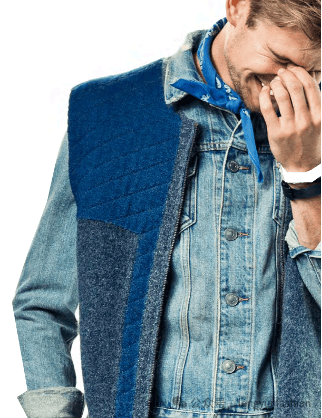
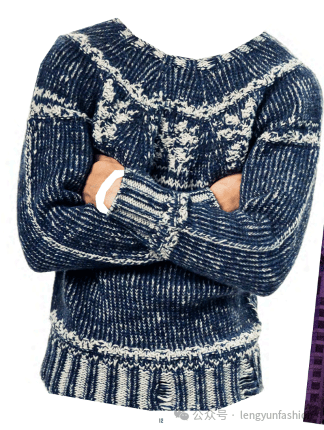

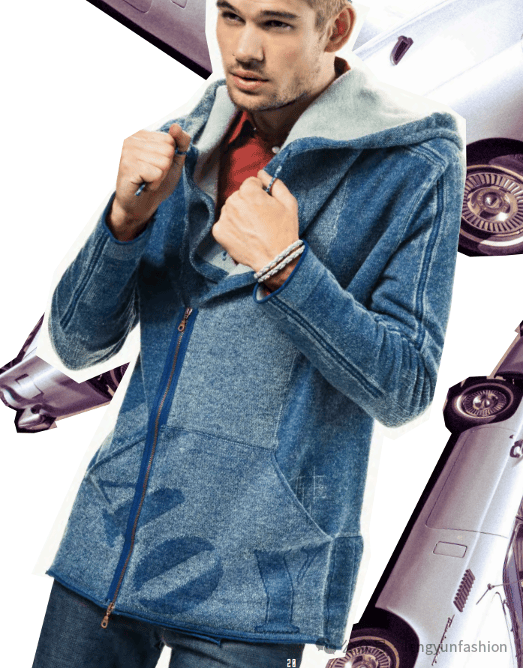
(RESOURCE:STOLL)
Knitted fabrics can integrate multicolored zones without seams. For example, Chanel-style fabrics use chenille, slub, and bouclé yarns with rich color variations to mimic the brand’s iconic textures. While replicating Belgian castle-level yarn craftsmanship remains challenging, such specialty yarns have become major market highlights.
